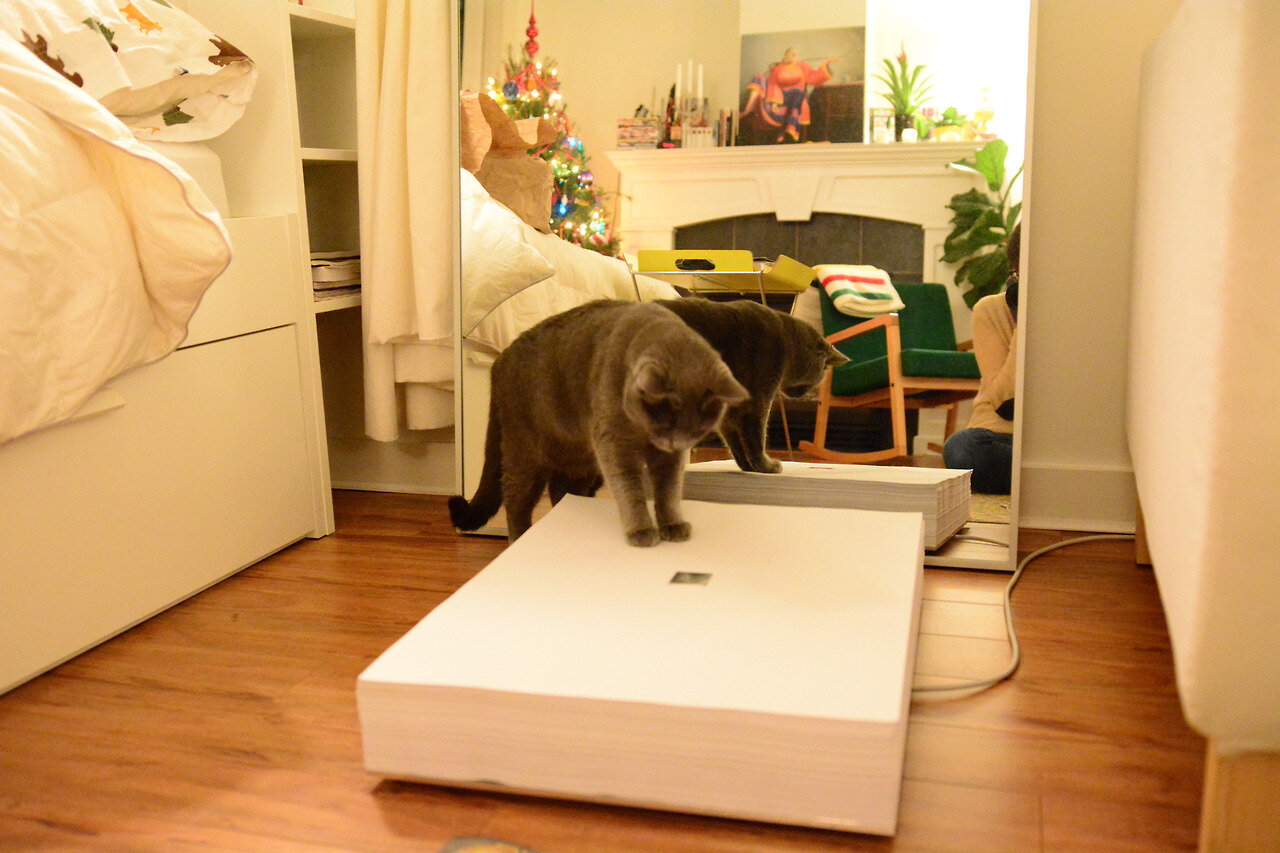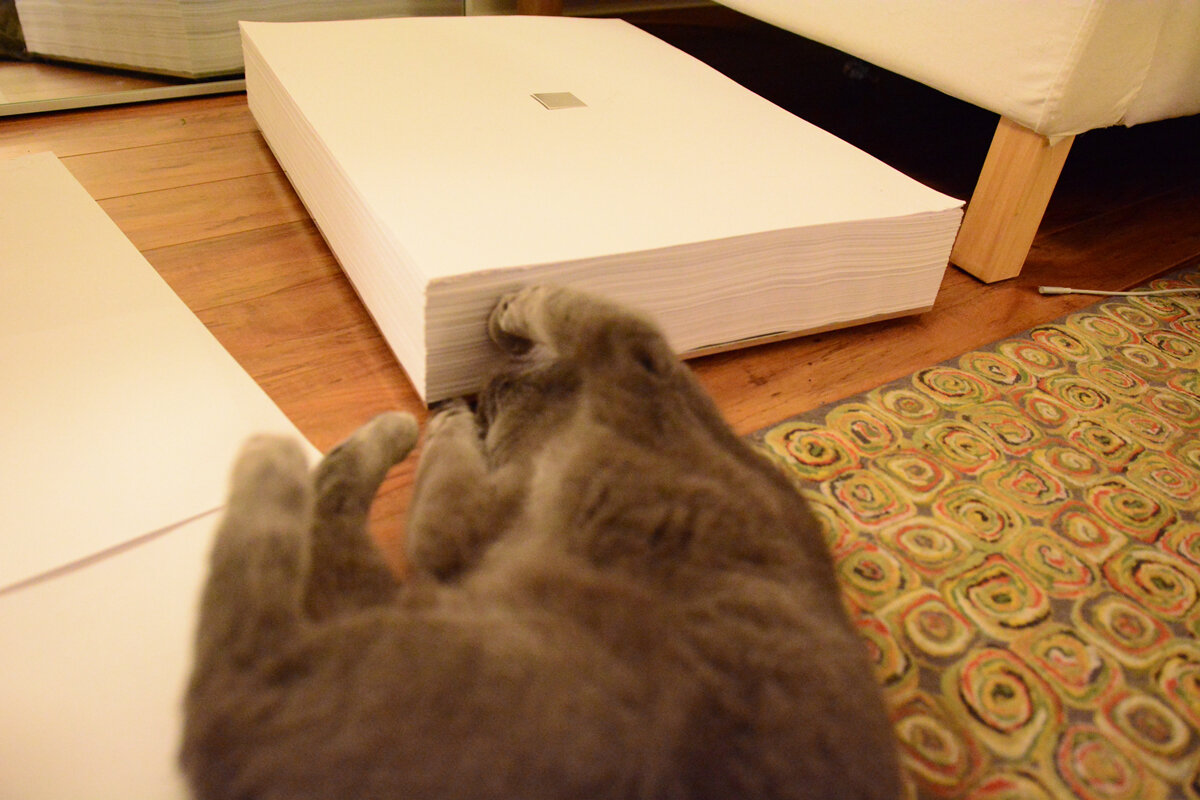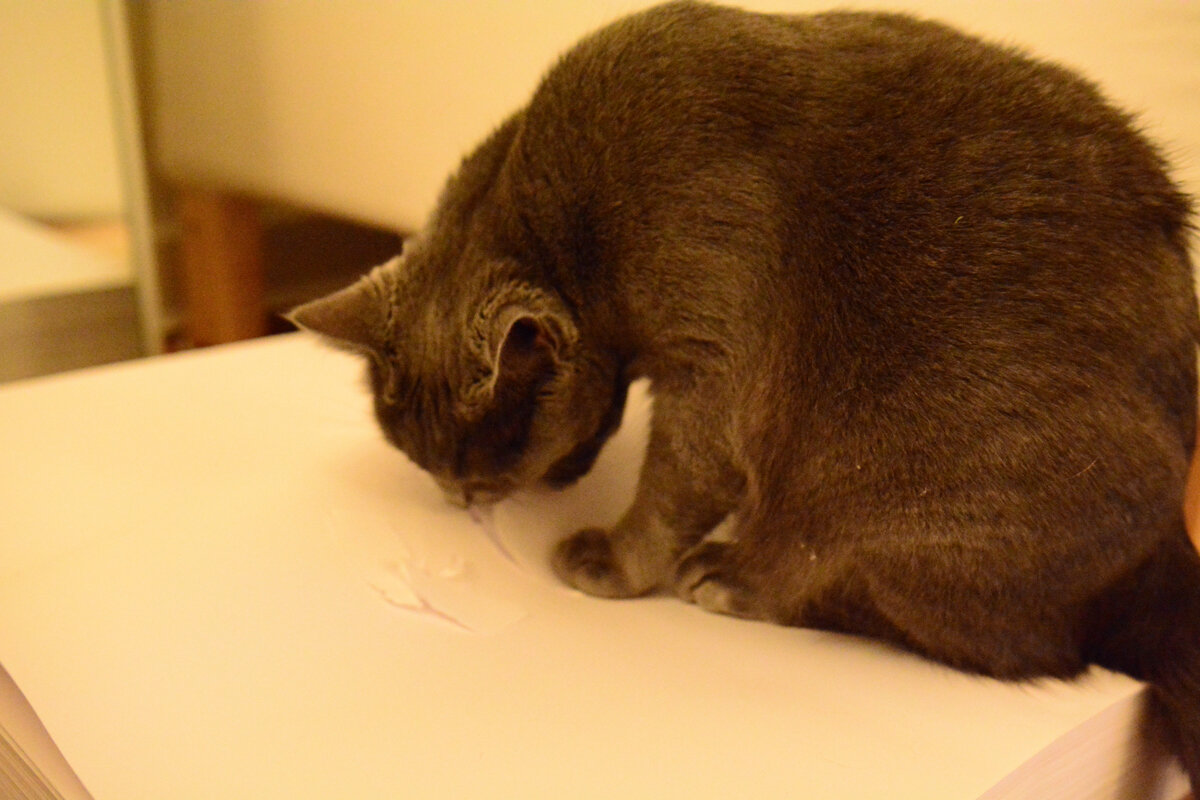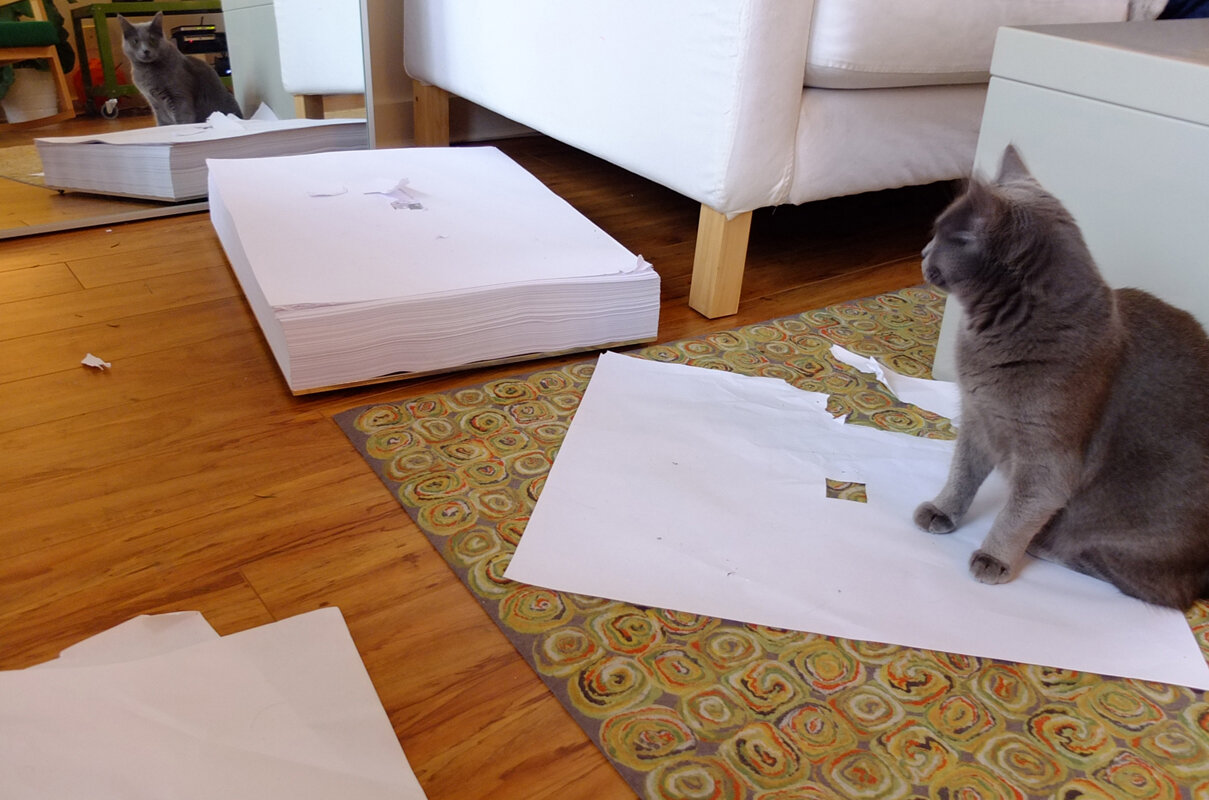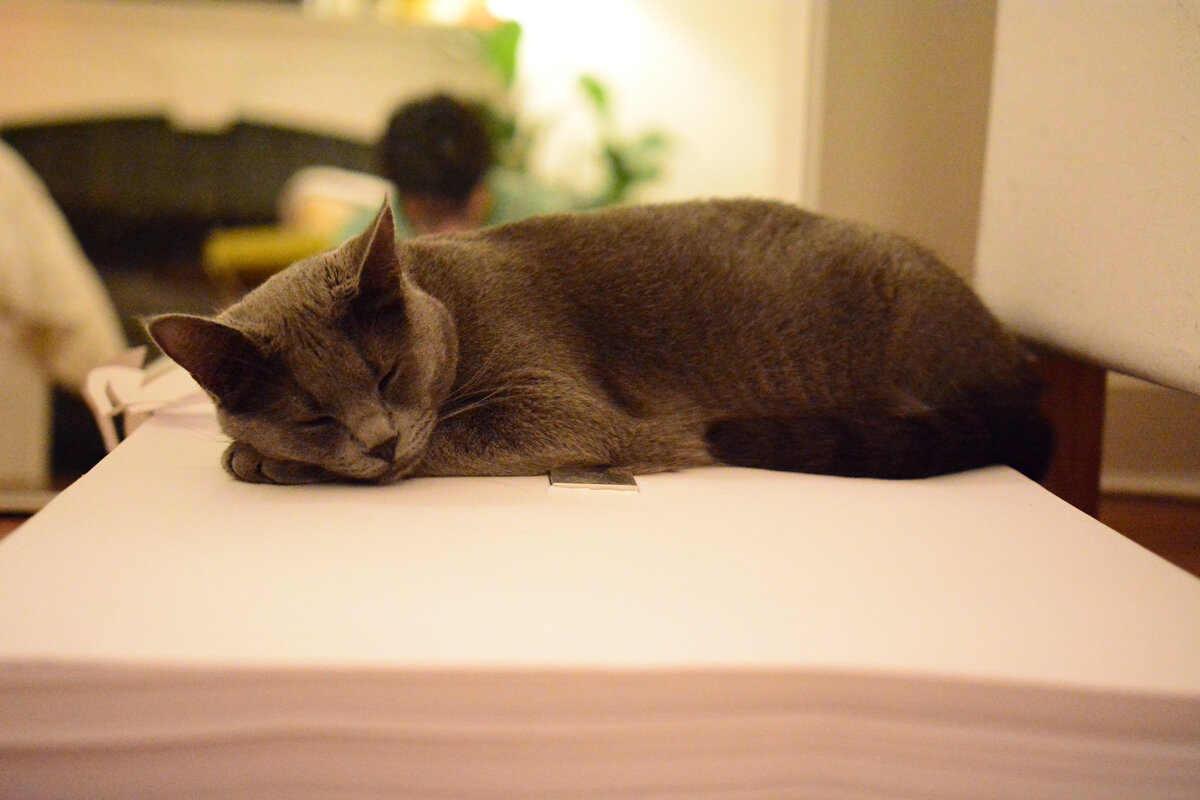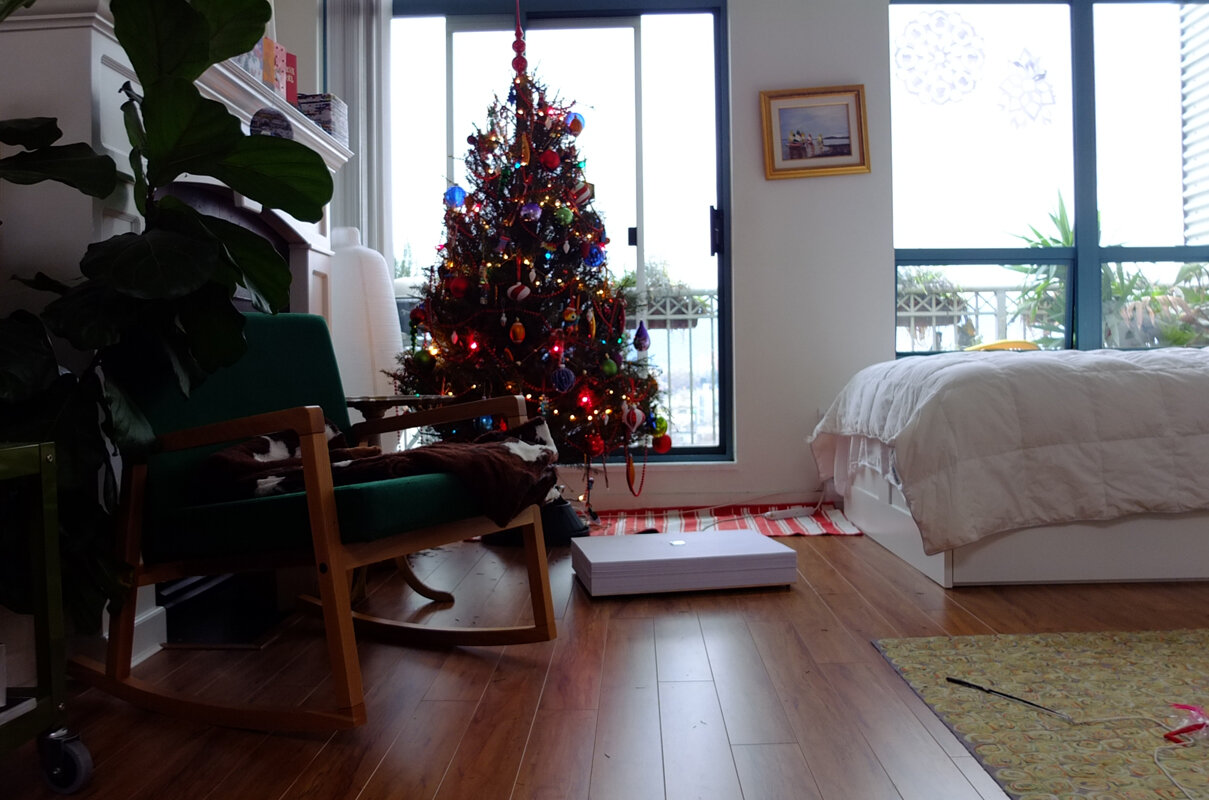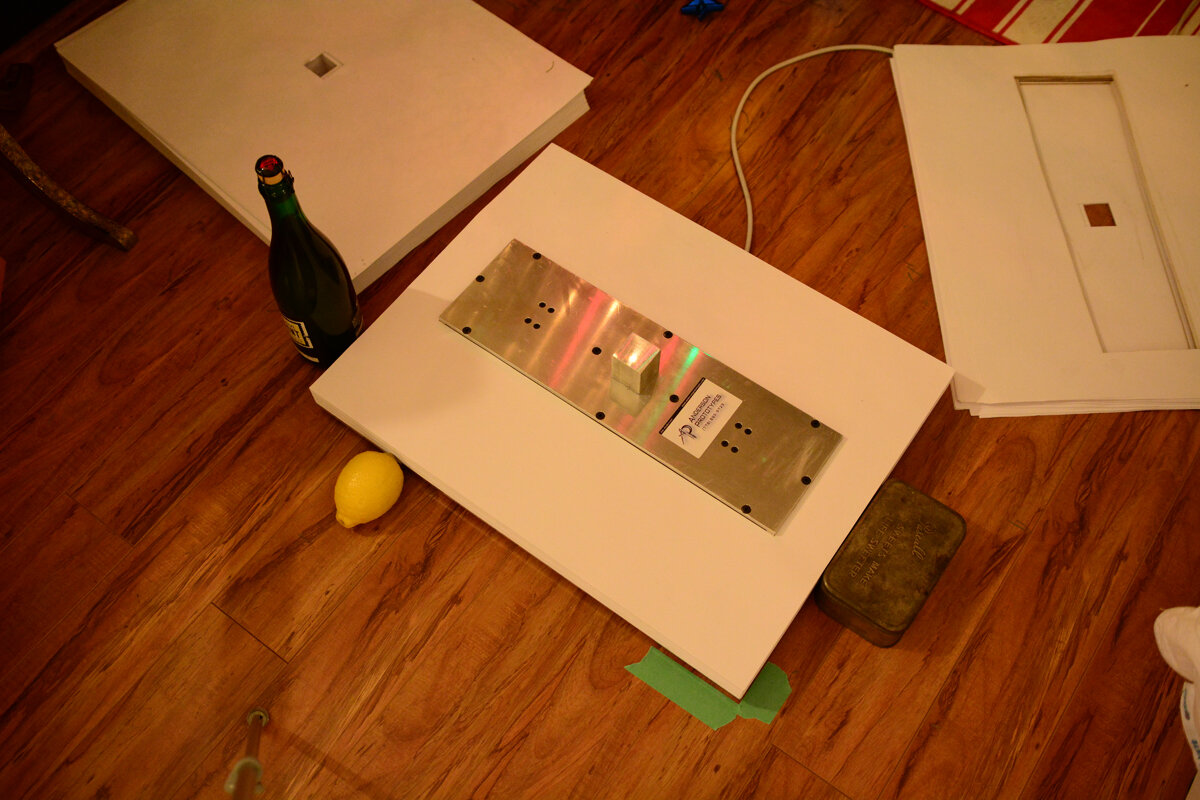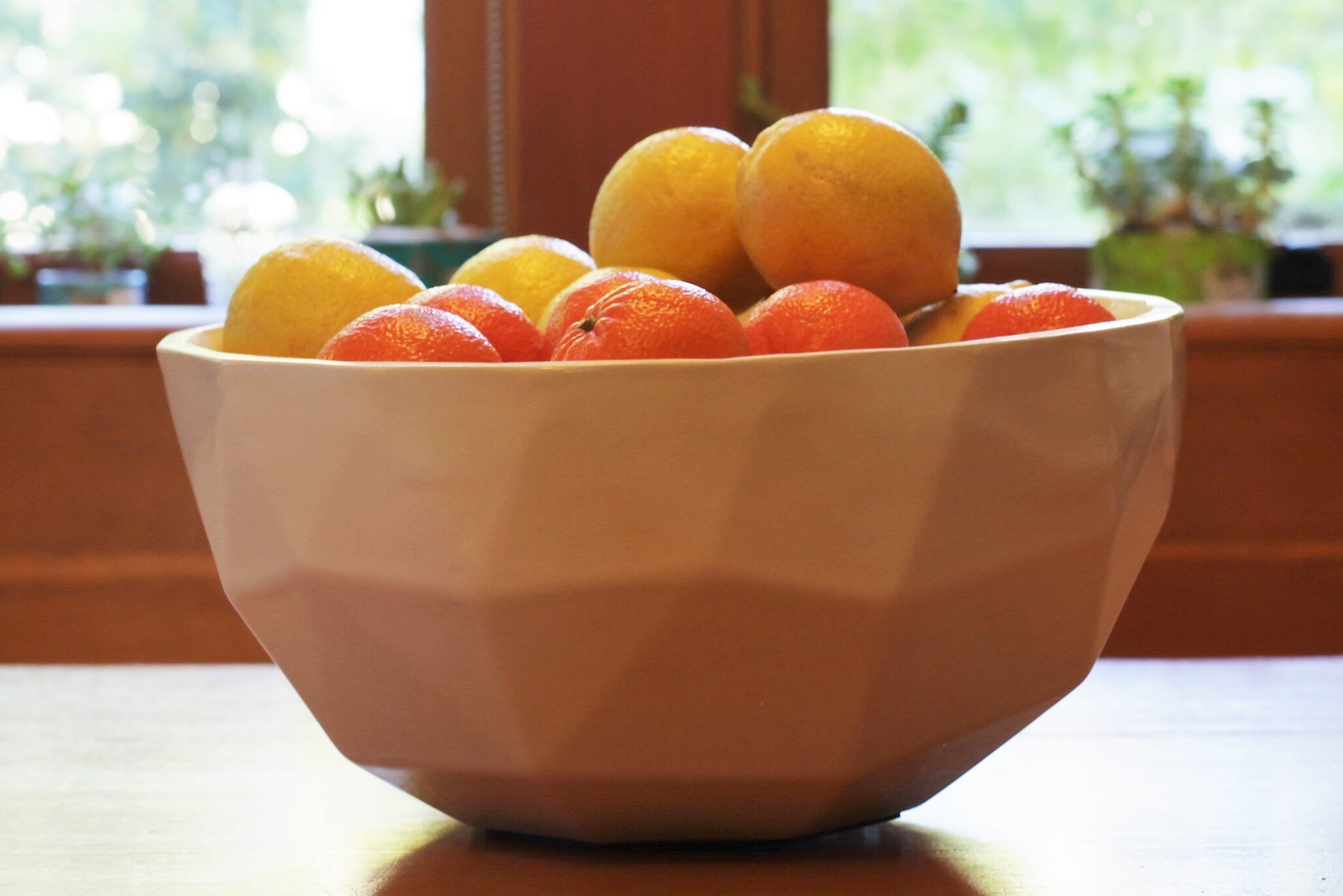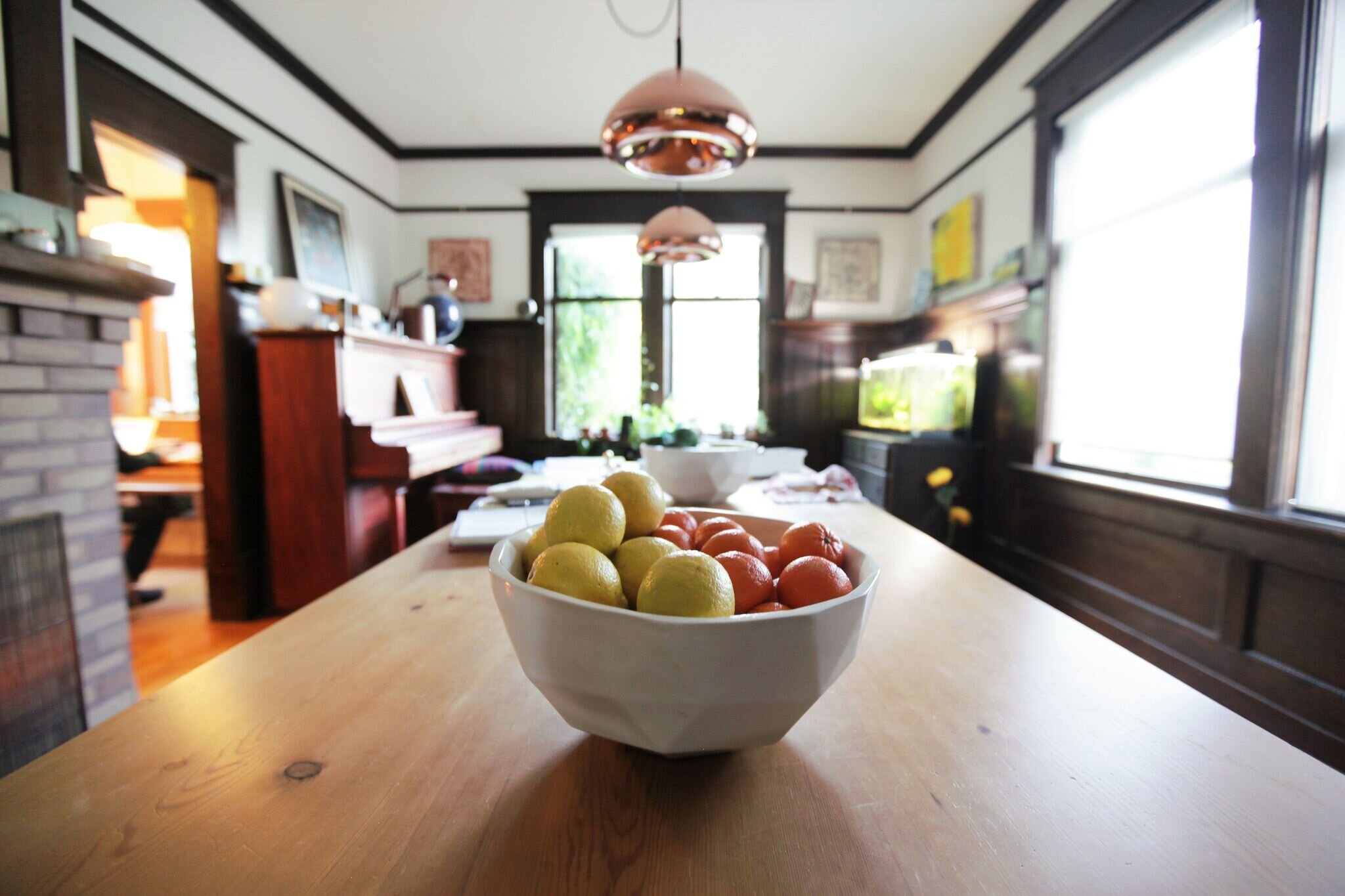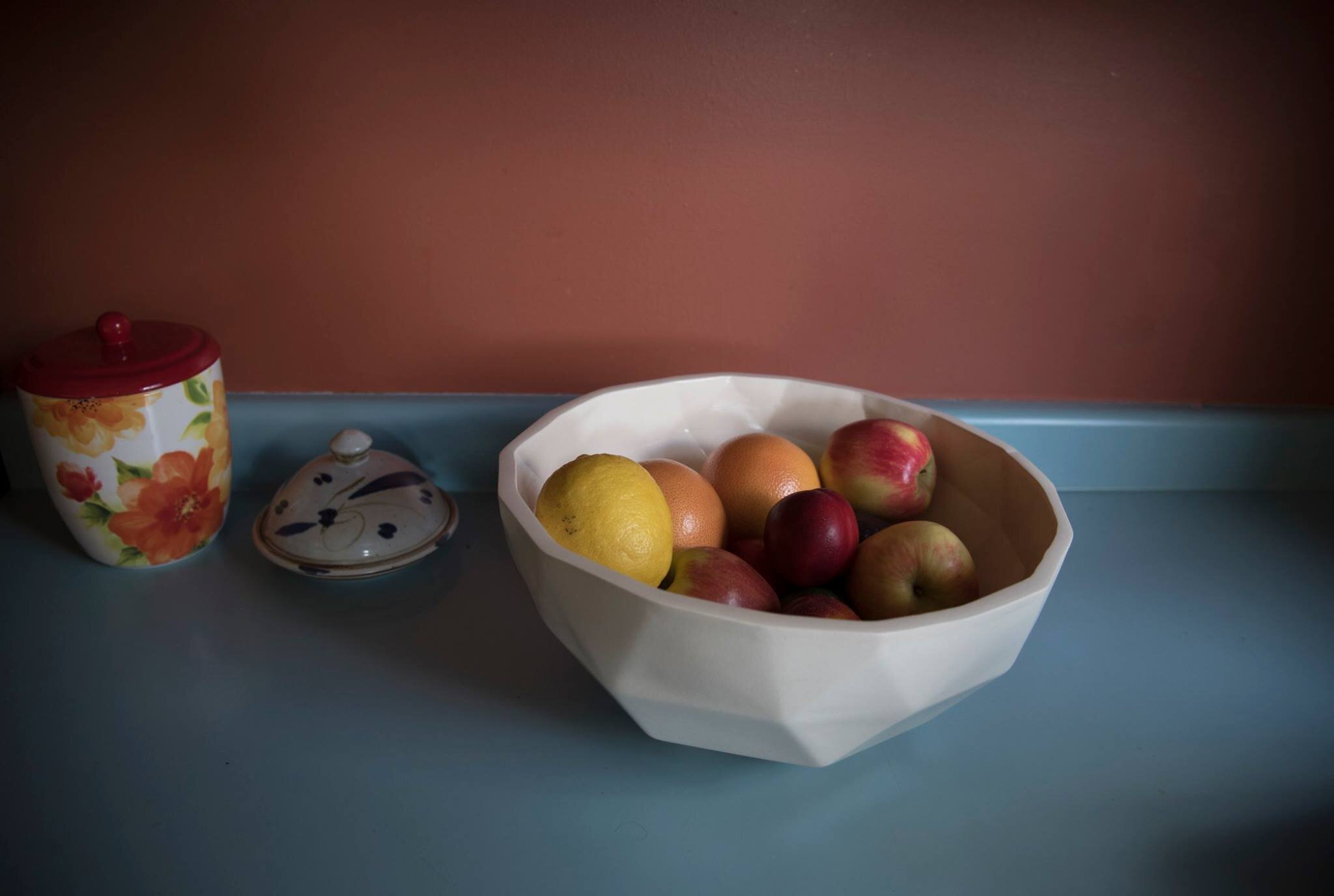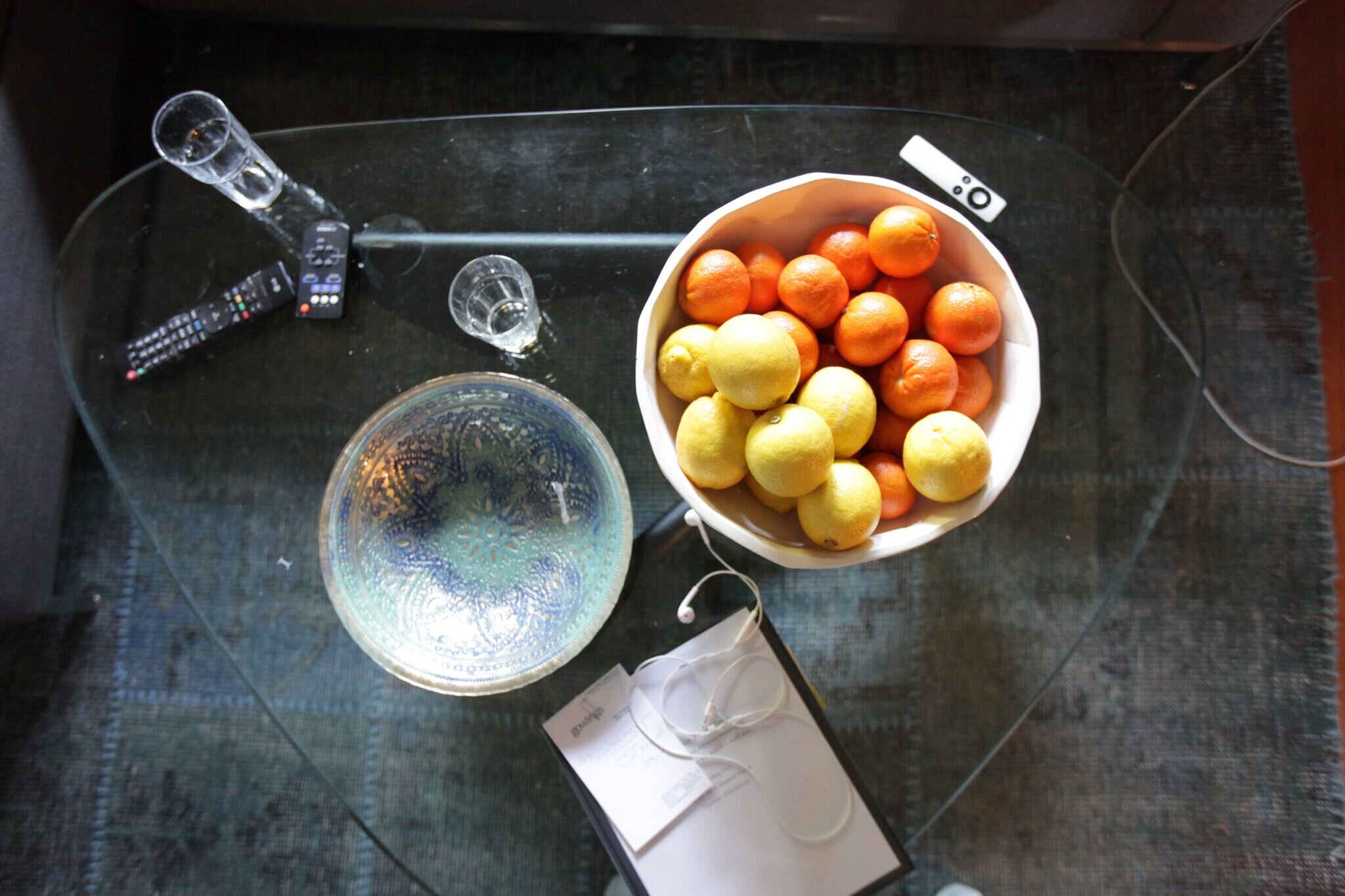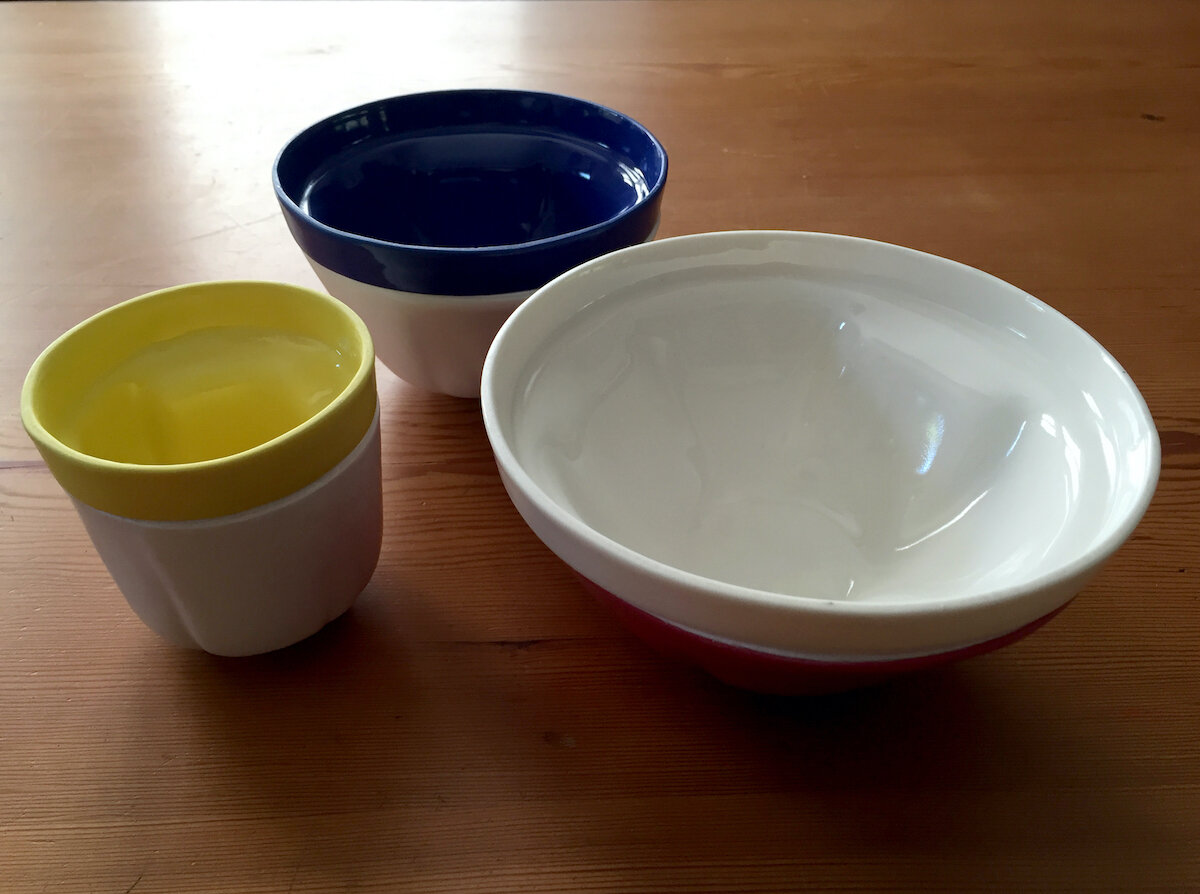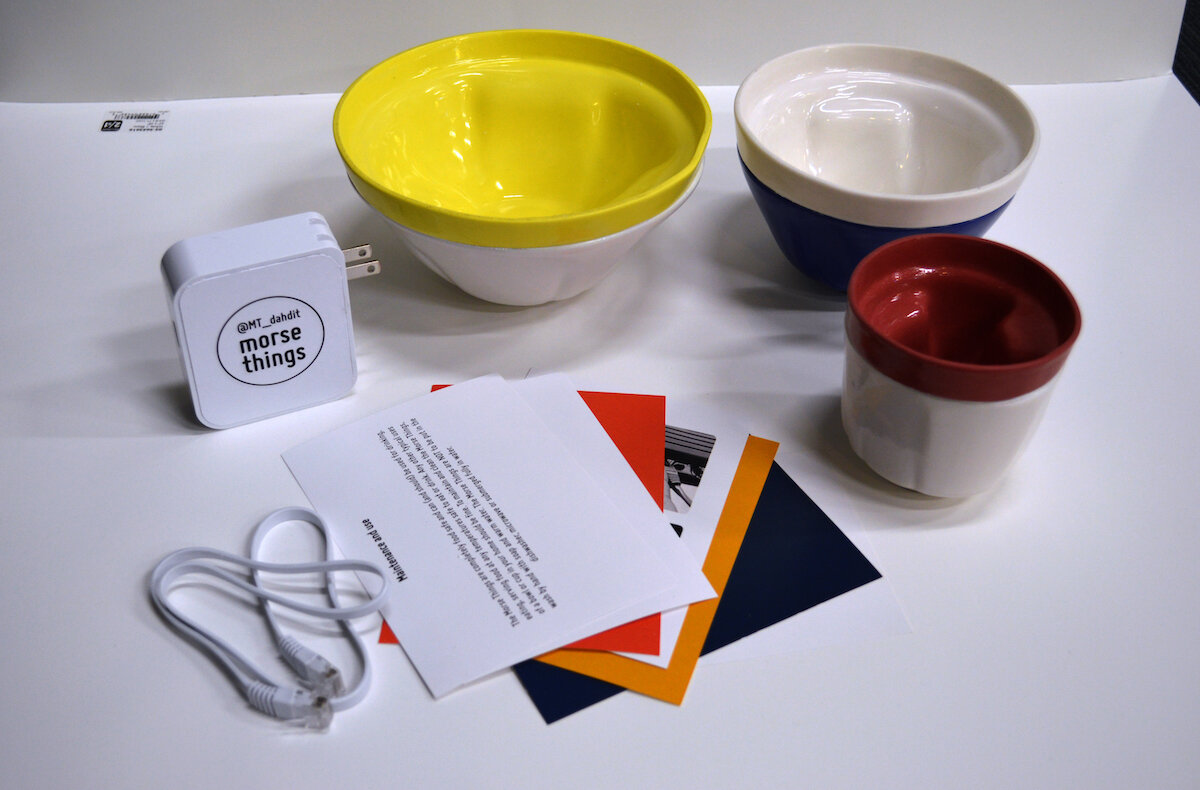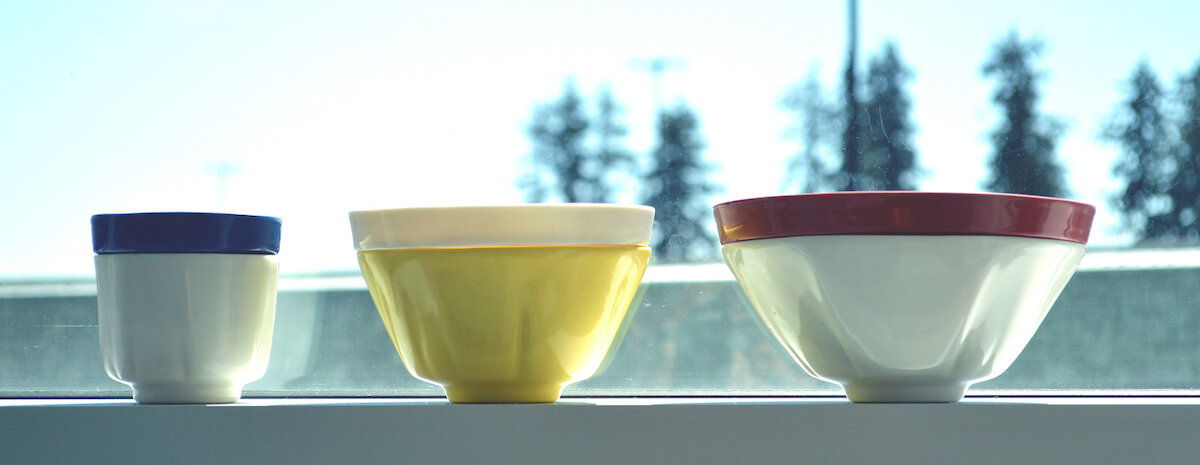Design Research Products and Deployment Studies
During my doctoral studies at Simon Fraser University, I was based in the Everyday Design Studio (EDS) where I participated in and led numerous research projects that included practice-based research creation projects, speculative designs, and long-term studies of technology prototypes in real-world settings. Here are three selected projects in that area.
Table-Non-Table – Crafting & Deployments
Doctoral Research at Simon Fraser University, Everyday Design Studio (2012 - 2018).
In 2013, in my research group at the Everyday Design Studio we collaboratively designed a research artefact called the table-non-table (TNT). The table-non-table is a main part of my doctoral work and thesis in which I explore how non-utilitarian design artefacts mediate human-world relations through the lens of postphenomenology. The table-non-table is a moving table-like heavy structure made of about 1000 sheets of stacked paper on an aluminium chassis. It challenges assumptions around use-centric, utilitarian ideas of technologies and technology design. The table-non-table, informed by the notion of everyday design, manifests an approach that sees interactive artifacts as resources for creative use and reuse. It is our approach to design for everyday competences (for instance competences around using paper as a material is well-known). I have lead multiple series of deployment studies with the table-non-table between 2013-2017. In previous studies, we looked at practices of everyday design and their composition of material, competences, and meaning (see our TOCHI 2013 paper). The TNT and its study findings have been mentioned and described in several publications:
Hauser, S., Wakkary, R., Odom, W., Verbeek, P., Desjardins, A., Lin, H., Dalton, M., Schilling, M., & de Boer, G. (2018). Deployments of the table-non-table: A Reflection on the Relation Between Theory and Things in the Practice of Design Research. In Proceedings of the ACM conference on Human Factors in Computing Systems (CHI ’18). ACM, New York, NY, USA. (12pgs). [PDF]
Wakkary, R., Desjardins, A., & Hauser, S. (2015) Unselfconscious Interaction. Interacting with Computers. iwv018. (pp.1-20). Wakkary, R., Odom, W., Hauser, S., Hertz, G., & Lin, H. (2015). Material Speculation: Actual Artifacts for Critical Inquiry. In Proceedings of the 5th decennial conference on Critical computing: Critical Alternatives. (CC ’05). ACM Press. (accepted, in press).
Odom W., & Wakkary, R. (2015). Intersecting with Unaware Objects. In Proceedings of the 2015 ACM SIGCHI Conference on Creativity and Cognition (C&C ’15). ACM, New York, NY, USA, 33-42.
Tilting Bowl – Crafting & Deployments
Work during my Doctoral Studies at Simon Fraser University, Everyday Design Studio (2012 - 2018).
The tilting bowl is a glazed porcelain bowl that periodically tilts. Similar to the table-non-table, the tilting bowl tilts in short durations (3-8 seconds) at random intervals 3-6 times a day. It is approximately 35 cm in diameter, 16 cm in height and weighs approximately 3 kilograms. The tilting bowl is a fully functional bowl. The form of the bowl was produced through a type of parametric design and we utilized digital processes in the making of its mould for slip-casting. The aim of the bowl is to find the simplest and most common design form (bowls have been made for millennia) that could be integrated with an equally simple approach to computational and digital technologies. The tilting bowl is a multiple of six bowls. The bowls are currently being deployed in households for longer periods of time. Initially for four to six months in households of philosophers and in a second deployment study for twelve months. Participants will be asked to maintain a micro-blog, keep a photo diary, and take part in a semi-structured interview. The bowls were made in collaboration with Material Matters (ECUAD) with funding support by NSERC and SSHRC.
We have published a paper about the initial study of the tilting bowl. The postphenomenological framing of the tilting bowl is based on my doctoral work.
Wakkary, R., Oogjes, D., Lin, H., & Hauser, S. (2018). Philosophers Living with the Tilting Bowl. In Proceedings of the ACM conference on Human Factors in Computing Systems (CHI ’18). ACM, New York, NY, USA. (12pgs). *Best paper honorable mention award!
Morse Things – Crafting & Deployments
Work during my Doctoral Studies at Simon Fraser University, Everyday Design Studio (2012 - 2018).
The Morse Things project investigates the nature of relations between people and computational things in the making of everyday life. Specifically, Morse Things explores the notion of the Internet of Things, in addition to connectivity, sensing and data, the project aims to understand the materiality, temporality and human relationships that constitute and potentially undermine the current concept of the Internet of Things.
At the center of the Morse Things project are multiple sets of three networked ceramic cups and bowls. The cups and bowls digitally communicate between themselves as they progress over time toward an “awareness” of their potential group and networked existence. The data communication between the Morse Things is expressed through sound by each cup or bowl in Morse code; and over the Internet on Twitter.
The Morse Things are continuously being deployed in several long-term (several months) studies in peoples’ homes and apartments. The aim of the project is to make material and visible the non-human to non-human communication among digital things. Our goal is to understand the long-term and lived with experiences these create and unexpected opportunities that are constructed through our daily lives with such artifacts.
The Morse Things were made with the assistance of Material Matters (ECUAD) with funding support by 4TU.Federation – Design United, Eindhoven University of Technology (TU/e), NSERC and SSHRC.


